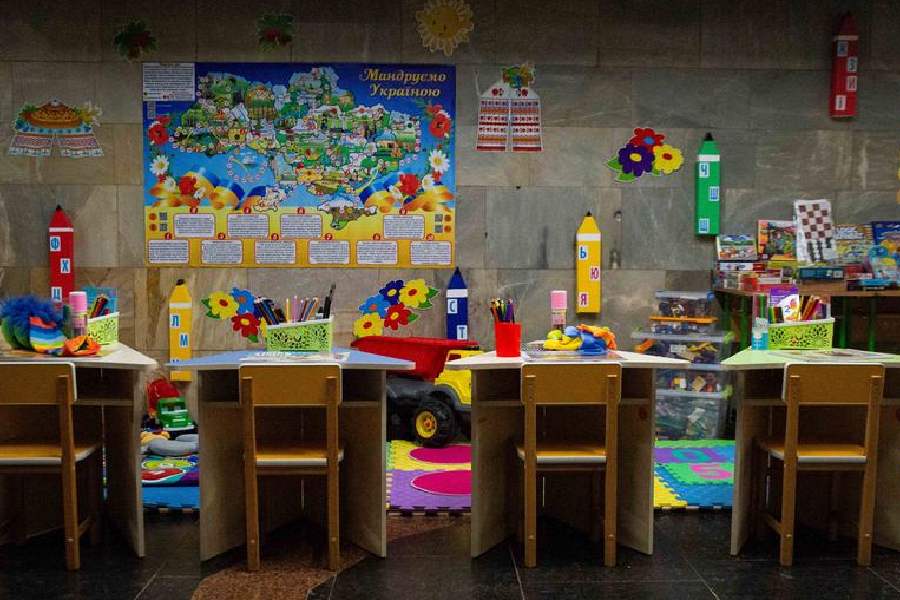The ancient Greek philosopher Socrates said that writing things down would make people forgetful. Now, thousands of years later, we're in the fortunate position of being able to discuss Socrates' thinking, precisely because it was written down.
Commentators often say the written word — books — is best and that computers negatively impact learning, almost for the same reasons that Socrates was against writing things down: forgetfulness, when memory is a cornerstone of learning. You may wonder: What have people got against new technologies?
As more and more classrooms shift from print to digital books and other materials, researchers are looking into the impact on children's learning.
The field is new and the evidence is mixed — there is no scientific consensus on whether books or digital devices are better for a child's learning.
One study in elementary schools in Honduras, for example, found that substituting laptops for textbooks did not make a difference in student learning in the end — it was neither positive nor negative.
But isn't it common sense that both forms of learning — print and digital — can be effective, or not, depending on the individual and the situation? Let's dig a little deeper.
It's important to consider neuroscience here because it can help educators choose which tools to use at different stages of a child's development.
And neuroscientists have shown us that learning, and the formation of memory, physically rewire the brain.
The brain is "plastic" — it grows and prunes connections between neurons as we form memories, learn and forget. This is true at all ages, but the brain is particularly plastic during childhood.
The brain's plasticity is massively dependent on our experiences and environment.
Studies have shown that the richer our learning environment is during childhood, the more "stuff" we learn — but we also change the way our brains learns new things for the rest of our lives.
The best example here is language learning. Children learn a second language very easily compared to adults, because their brain is more plastic.
What's more, adults who learnt two languages in childhood can learn a third language much quicker than adults who learned only one language in childhood — their brain has been trained to learn languages.
At the other end of the spectrum, sensory deprivation during childhood permanently changes the brain for the worse. Children deprived of different experiences — less touch and interaction with adults, for instance, fewer sights and sounds, and little access to learning — can develop smaller brains. These changes often cannot be reversed later in life.
What does this mean for education? Children need to be exposed to as many different types of learning tools as possible, both digital and physical.
It might mean turning to books and handwriting to form lasting knoweldge on something.
Studies show that the act of writing requires the brain to be an active participant in the note-taking process, but that the brain is less active when typing, so writing by hand commits more of the material to memory.
Or using digital learning platforms could mean a much richer experience: a richness of animated movies, reward-based educational apps, virtual classrooms, and AI tools like ChatGPT, to motivate students to learn in interactive ways.
Research shows digital technology is effective in enhancing literacy and numeracy skills, manual dexterity and visuospatial working memory when used in a learning context.
The beneficial outcomes of this influences all areas of a child's learning, including language, functional literacy, maths, science, general knowledge, creative thinking — the list goes on.

More and more classrooms around the world are integrating digital tools into everyday learning Deutsche Welle
There are negatives linked to digital technologies, as well. Some studies show computers can have a negative impact on attention, and that children use computers passively instead of as an active learning tool that engages the brain. But it's not yet clear whether these negative impacts are short-term or long-lasting.
Some studies also suggest that overuse of computers affects physical and mental health. But that may have more to do with sitting in one place for a long time, rather than the computers themselves.
That's why running outside or kicking a ball around is vital for children's development, and their academic performance, too.
There are many factors at play in a child's education. Their home environment is just as important as the materials and devices they use for learning. One of the biggest problems in education is poverty — poor access to books and computers.
This issue became apparent during the COVID-19 pandemic, when children from disadvantaged backgrounds had less access to computers or books at home during times when schools were closed.
A UK-based survey, for instance, found that a third of students in deprived areas did not have adequate access to home learning tools during the pandemic.
The effect was a decline in their academic performance. Learning outcomes in high-school-aged children have fallen in recent years, and it's more due to socioeconomic factors than anything else, according to studies. It's a trend seen around the world and has been associated with poor access to richer educational tools.










